The US Diastematomyelia Market is characterized by its unique set of challenges and competitive dynamics driven by the increasing focus on advanced spinal surgeries and an aging population. Diastematomyelia, a rare condition often requiring surgical intervention, has attracted the attention of several key players in the medical device sector. The market is shaped by the demand for innovative treatment solutions and the development of specialized surgical instruments. As awareness of the condition grows, so does the interest of various manufacturers in creating effective products, thus intensifying competition.
The players in this market are continuously evolving, striving to improve surgical outcomes and patient care through novel technologies and refined techniques.
Integra LifeSciences has established itself as a formidable presence in the US Diastematomyelia Market with a strong portfolio of advanced medical devices and solutions tailored for spinal surgery. The company excels in developing products that enhance surgical precision and improve patient recovery, backed by its commitment to research and development. Integra LifeSciences capitalizes on its reputation for high-quality, reliable surgical instruments and biologics that cater to the needs of neurosurgeons and orthopedic specialists. With a strategic focus on innovation and a solid distribution network throughout the United States, the company has successfully positioned itself as a leader in the market.
Its robust clinical research initiatives further bolster its competitive edge, providing valuable insights that inform product development and enhance overall surgical outcomes.
Amedica Corporation is another noteworthy competitor in the US Diastematomyelia Market, recognized for its innovative spine and joint implant products. The company has made significant strides in developing advanced biomaterials, particularly those that offer superior biomechanical and biological properties for spinal fusion applications. Amedica’s key products are designed to address complex spinal conditions, with a focus on enhancing patient safety and comfort during and after the surgical procedure. The company's market presence is supported by strategic partnerships and collaborations that enhance its product offerings and distribution capabilities across the US.
Amedica has also engaged in mergers and acquisitions to expand its technological expertise and market reach, ensuring it remains competitive in the evolving landscape of spinal surgery. Through its focused research initiatives, Amedica is well-positioned to continue leveraging its unique product strengths, driving advancements in the treatment of diastematomyelia and related spinal disorders.


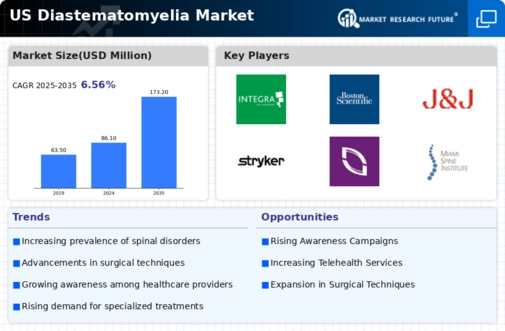
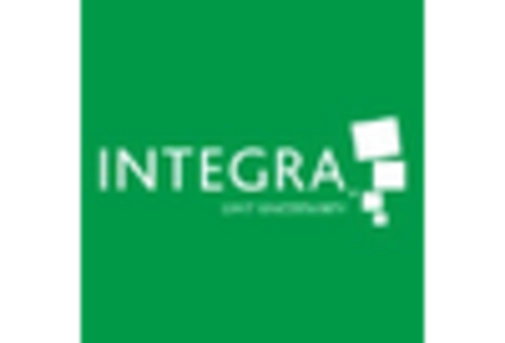
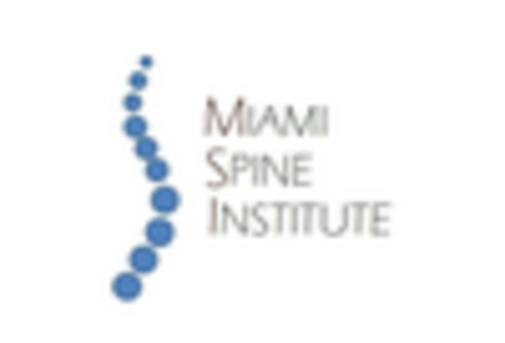

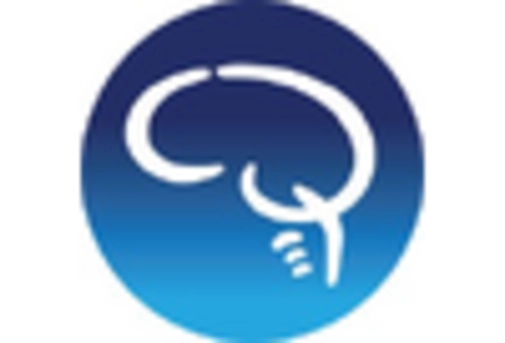
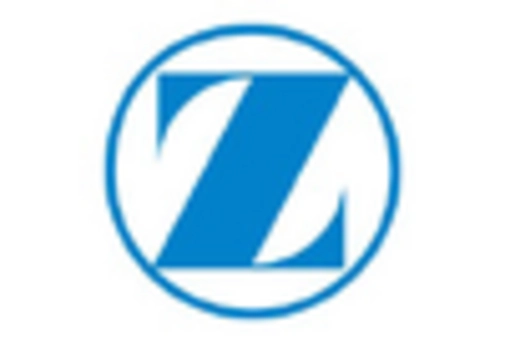

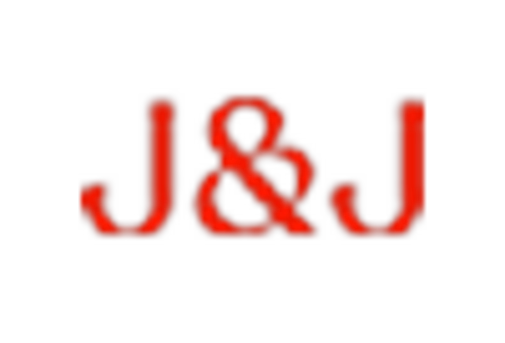
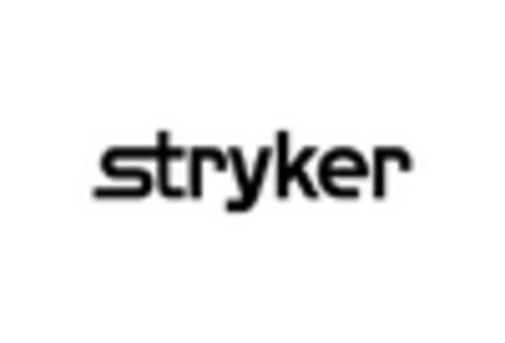









Leave a Comment